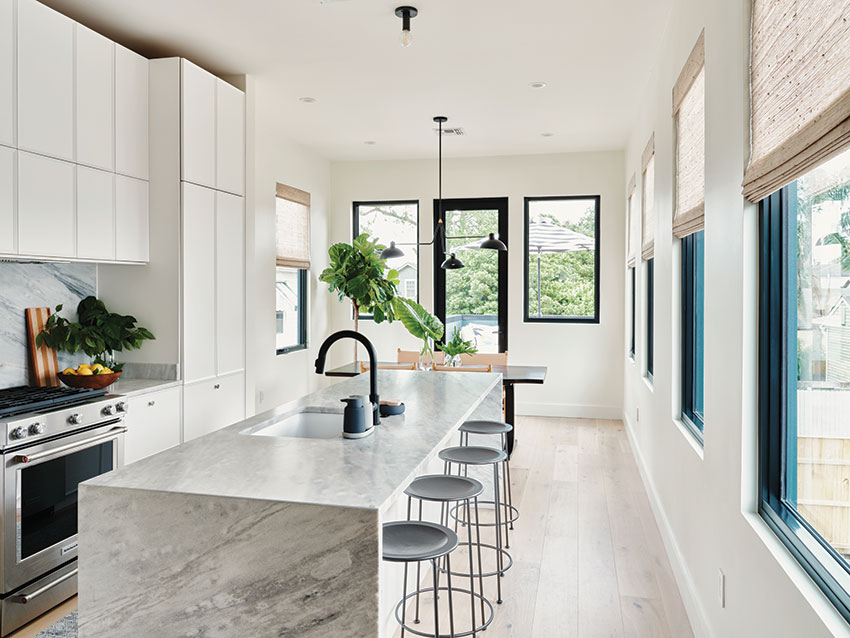Adaptability Creates Opportunity
A surprising example of this is the exterior door. Since, exterior doors make a dramatic visual impact on a home, they are a frequent target of renovations. Unfortunately, doors also can be one of the home’s worst energy offenders. Traditional door materials, like wood and steel, incur major energy penalties. Due to thermal homeostasis, wood acts to absorb heat and draw it away from the conditioned interior, while steel doors require costly interior insulation to be sufficiently effective.
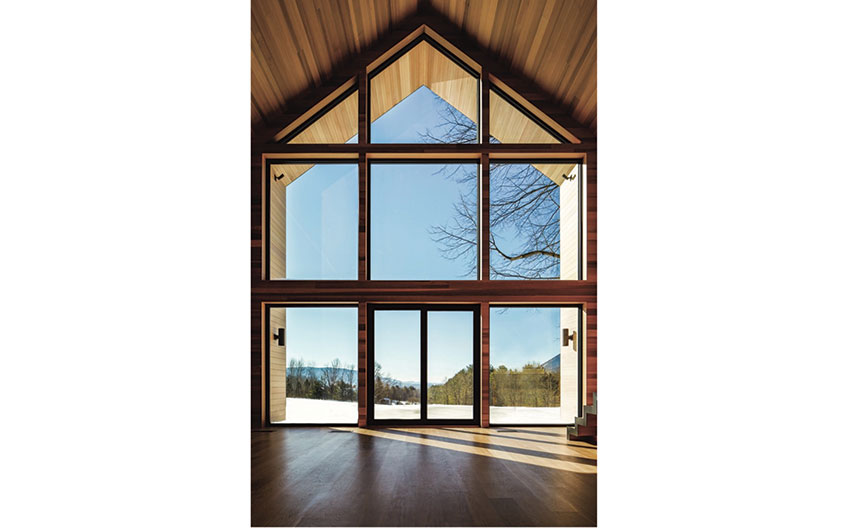
Photo courtesy of Marvin
The desire for better living at home starts with light, air, and views. Industry-wide, demand for more glass and bigger glass exposures is a dominant trend.
In answer to these problems, and to support the increased interest in energy efficiency and comfort, door manufacturers are offering innovative materials that provide the look clients desire while satisfying the performance requirements they need. One answer is fiberglass. Doors made from fiberglass are weather resistant and do not conduct heat well, so that a fiberglass door acts to keep outside elements from having an impact on the conditioned interior. Doors crafted from fiberglass have a longevity similar to steel doors and are harder to scratch than a steel door. Fiberglass is built to withstand intense conditions for long periods of time with little-to-no maintenance, compared to wooden doors. They can also be finished, sanded, and refinished. Aesthetically, the material can be formed into a number of different shapes to adapt to a client’s desired style, mimicking everything from classic wood mainstays to modern designs. Fiberglass doors offer a green alternative to traditional materials, since they are durable, have a longer lifespan, are energy efficient, and environmentally friendly.
Leading fiberglass door manufacturers have created a proprietary foam core that provides superior insulation for maximum energy performance, complies with the Environmental Protection Agency’s SNAP 20 regulations, and utilizes sustainable alternatives for foam blowing agents. The fiberglass material itself is designed to last for decades, reducing construction waste, and requiring less maintenance than traditional wood doors. This makes fiberglass doors more cost-effective over time.
Fiberglass doors offer a more energy efficient solution for concerned clients and home buyers looking for environmentally friendly and efficient products. Fiberglass creates the ability to fortify a residence at its exterior doors and take clients closer towards their home performance goals.
POST-PANDEMIC RESIDENTIAL DESIGN TRENDS
Whether clients are building from the ground up, or embarking on renovations to an existing space, surveys among design professionals demonstrate that they have a whole new list of demands for their home.
Quality and Wellness
Consumers are becoming very conscious about buying quality products and materials that will last. High quality products, made with timeless design and created to last for many years, are consistently seen as worth the investment.
Coupled with this enhanced emphasis on quality comes a focus on energy efficiency and the longevity and durability of products. For windows and doors, most homeowners report that it is essential or highly desirable to have energy-efficient windows that will hold up and perform as expected through cold winters and hot summers for years to come.
Hand in hand with quality products is the newly prioritized desire for wellness. For clients, the desire for better living at home starts with light, air, and views. Industry-wide, demand for more glass and bigger glass exposures is a dominant trend. Leading manufacturers report an exponential increase in orders for scenic doors and larger expanses of glass, with door panel sizes increasing 10% since 2017. Using windows to help with a home’s energy efficiency, daylighting, and natural ventilation are a client priority. Large patio and scenic doors, made from glass, facilitate the flow between indoor and outdoor space. The integration of indoors with outdoors is another commanding post-pandemic design trend.
The Hybrid Home
The third edition of McKinsey’s American Opportunity Survey provides a unique dataset on how the new, flexible work environment fits into the lives of today’s American workers. McKinsey worked alongside the market-research firm Ipsos to survey 25,000 Americans in spring 2022. The most striking figure to emerge from this research is the number of Americans who reported having the opportunity to work from home at least one day a week: 58 percent. Thirty-five percent of respondents reported having the option to work from home five days a week. McKinsey found these numbers particularly notable because the respondents represented all areas of the country and all kinds of jobs, including not only “white collar” professions, but also those traditionally labeled “blue collar” jobs that might be expected to demand onsite labor.5 When employees are offered the opportunity to work flexibly, 87 percent take it.5
This translates into a realization that the pandemic-induced need for multipurpose rooms is not going anywhere. Not only have homeowners adapted to working from home, they also have become accustomed to the conveniences of working out at home, doing schoolwork, and creating spaces that facilitate hobbies and recreational opportunities.
The trend towards hybrid homes certainly pertains to multiuse spaces; however, it also denotes the fact that increasingly homes are becoming multigenerational. As more elders choose to age at home, and with first-time homebuyers facing steep entry barriers into the housing market, the country is witnessing an increase in multigenerational homes. This shift brings a whole new host of design considerations. The wide diversity of family members under one roof results in needing to meet different schedules and requirements for well-being for each.
To enhance the ability to age in place, products that are durable and low maintenance become essential, easing the duties of home ownership for elderly occupants.
Notice
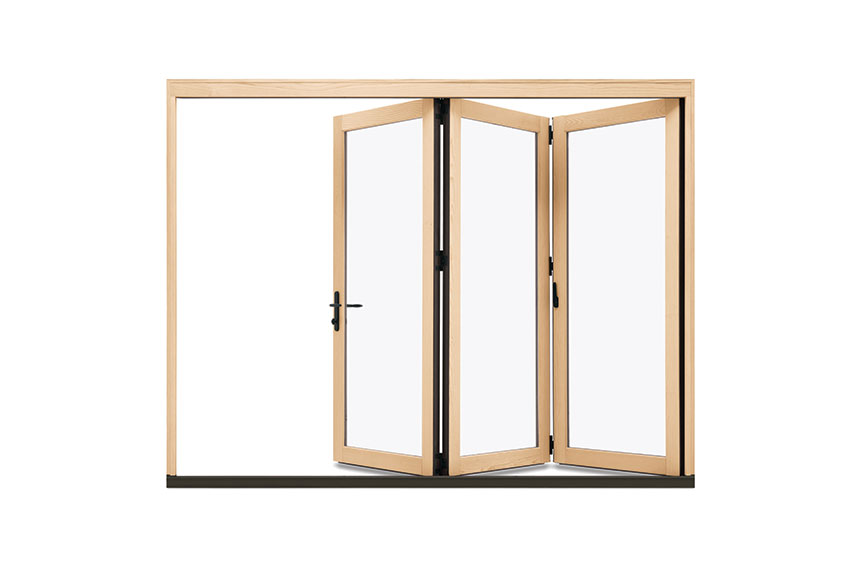
www.marvin.com
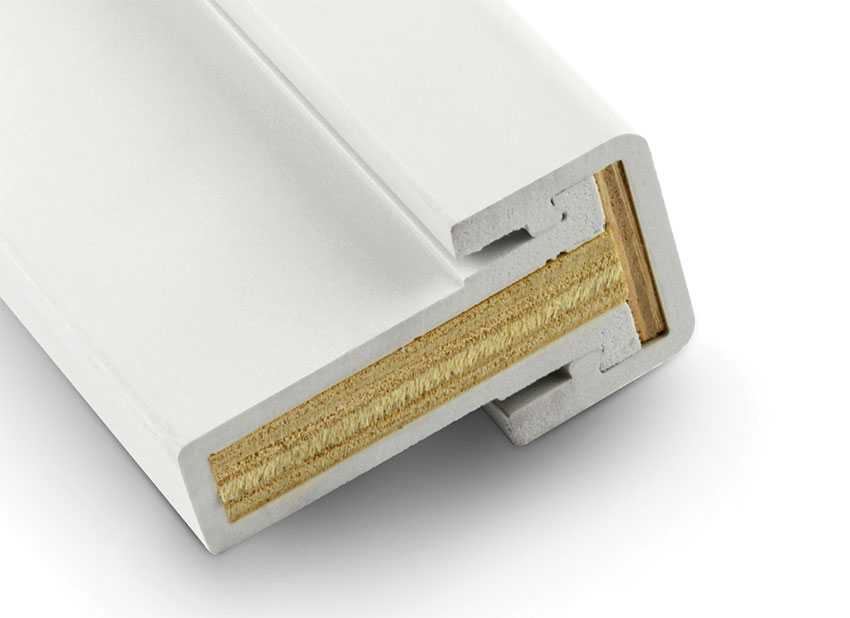
www.plastproinc.com
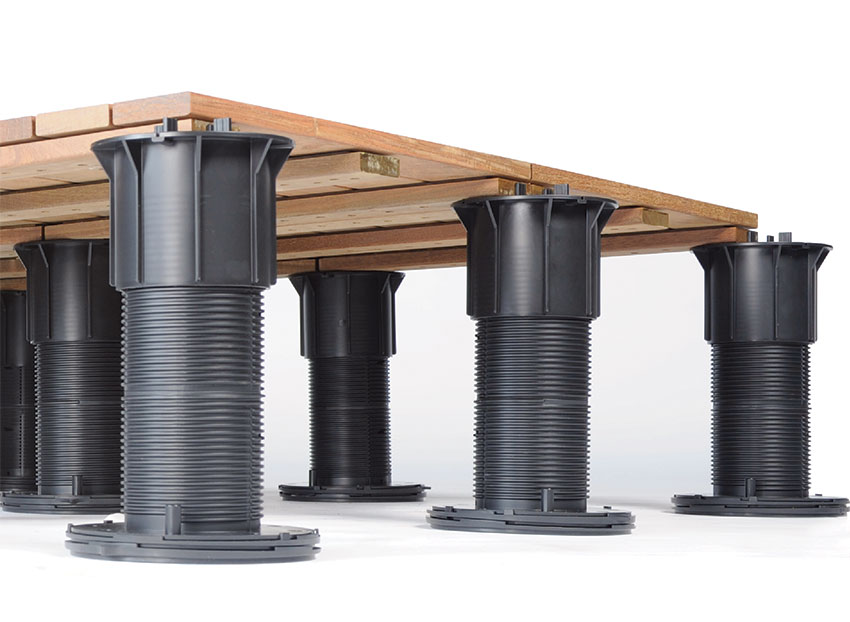
www.bisonip.com





